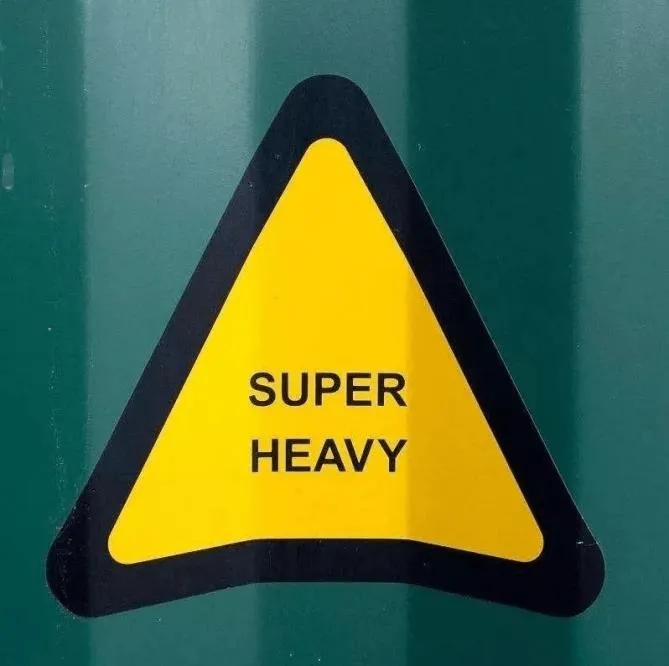Foreign trade goods,in general,are transported by container, and it is essential for those in the foreign trade business to know the basic knowledge of the dry box shipping container. Even engineers need to understand container dimensions to optimize packaging sizes and facilitate container loading.
The International Convention for Safe Containers (CSC) defines adry box shipping container as follows:
Dry cargo containerrefers to a transport equipment that meets the following conditions:1. It has durability, with a strength level suitable for repeated use;2. It is specially designed for the transport of goods by one or more transport modes without intermediate reloading;3. It is fitted with devices for securing and/or facilitating handling.
For the convenience of international exchange and use ofdry box shipping containers, the International Organization for Standardization (ISO)/TC104Technical Committee has established international standards for the construction and use of containers. The standard container (TEU ) is the unit of container volume statistics, based on a 20-foot container. A 20-foot container is recorded as1TEU;40feet is recorded as2TEU;45feet is recorded as2.25TEU.
A commondry box shipping containeris a rectangular box with six sides. It consists of aframe structure, two side walls, one end wall, one roof, one floor, and a pair of doors. Each corner of the container is fitted with corner fittings.
Main components: steel frame, corrugated side wall panels forming the enclosure of the container, floor and its additional beams, opening door panels and their accessories, as well as various handling components.
For the easier identification, management, and handover of containers, the International Organization for Standardization has established international standards for container markings, specifying the contents, font size, and placement of the markings.
Rated weight and tare weight:
Rated weight refers to the maximum total weight of the container, and tare weight is the weight of the empty container. Both must be marked in kg and lb.
Rated weight (MAX GROSS) is the sum of thedry box shipping container's tare weight (TARE, weight of the empty container) and the maximum allowable cargo weight (MAX CARGO). On the container's side panels, two conspicuous markings can often be found:
(1) Over-height markings: all dry box shipping containers that exceed 2.6 meters (8'6") in height must affix the following markings: a. Height markings on both sides of the container, placed 1.2M from the top and 0.6M from the right side, with yellow background and black text. The marking is in two parts, the upper part showing the height in meters and the lower part showing the height in imperial units. The image indicates a height of 2.9M (9 feet 6 inches). b. Apply zebra stripes, alternating black and yellow, at least 300mm long on each side of the top corner fittings.
(2) Overweight markings: for containers exceeding 30.48 tons, a triangular “SUPERHEAVY” overweight marking can be seen.

Additionally, anydry box shipping container that meets the structural requirements of the International Convention for Safe Containers and passes safety inspection must affix the “CSCSafety Approval” metal placard and the inspection body's seal of approval.